The Moment of No Return
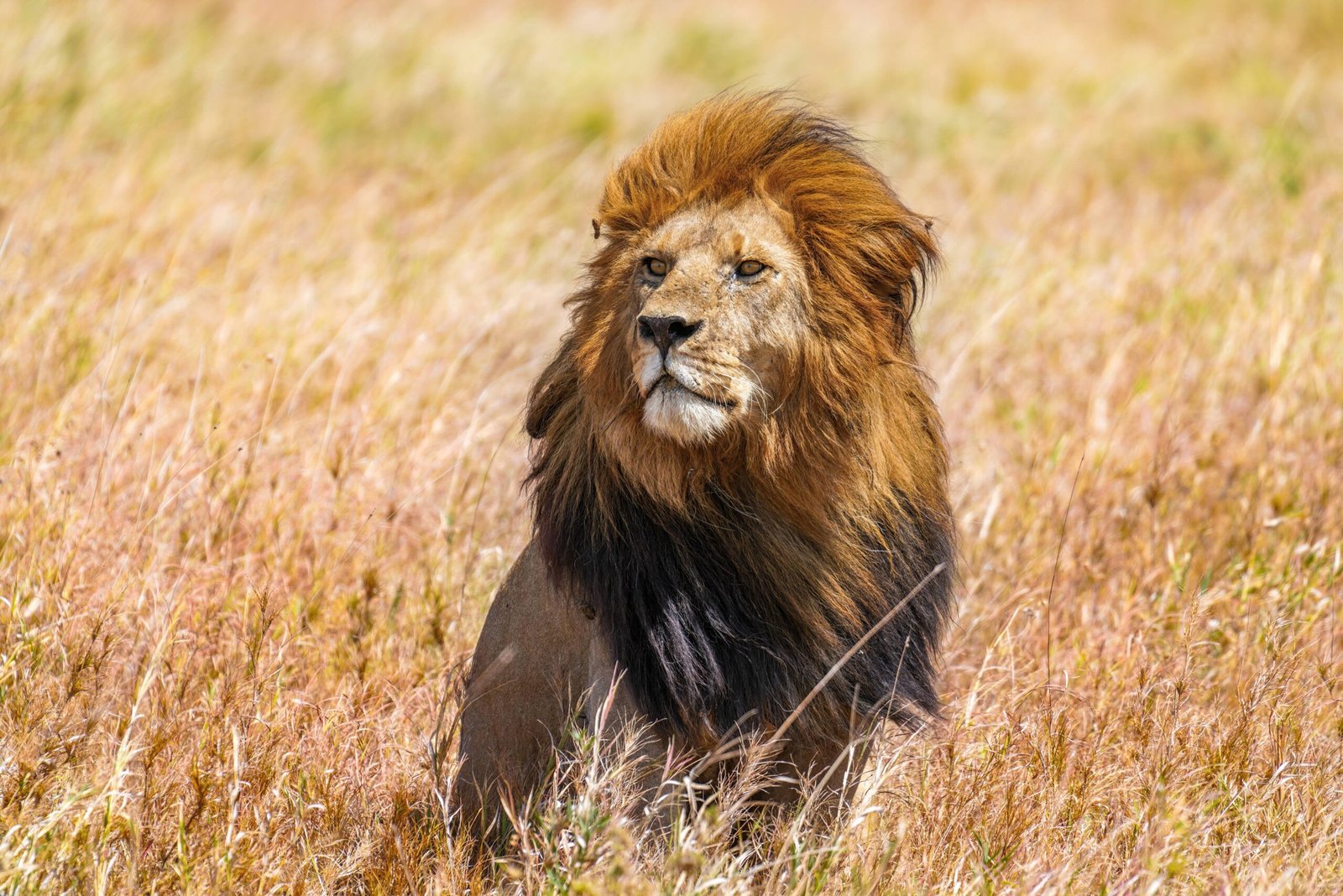
Picture this: a young male lion stands at the edge of his family territory, muscles tense, golden eyes scanning the horizon. The decision to leave isn’t sudden—it’s been building for months as testosterone surges and his father’s patience wears thin.
This isn’t just another day in the savanna. It’s a pivotal moment that will determine whether this lion becomes a legendary ruler or dies forgotten in the wilderness. The statistics are brutal: only one in eight male lions survives to establish his own pride.
Banished by Blood
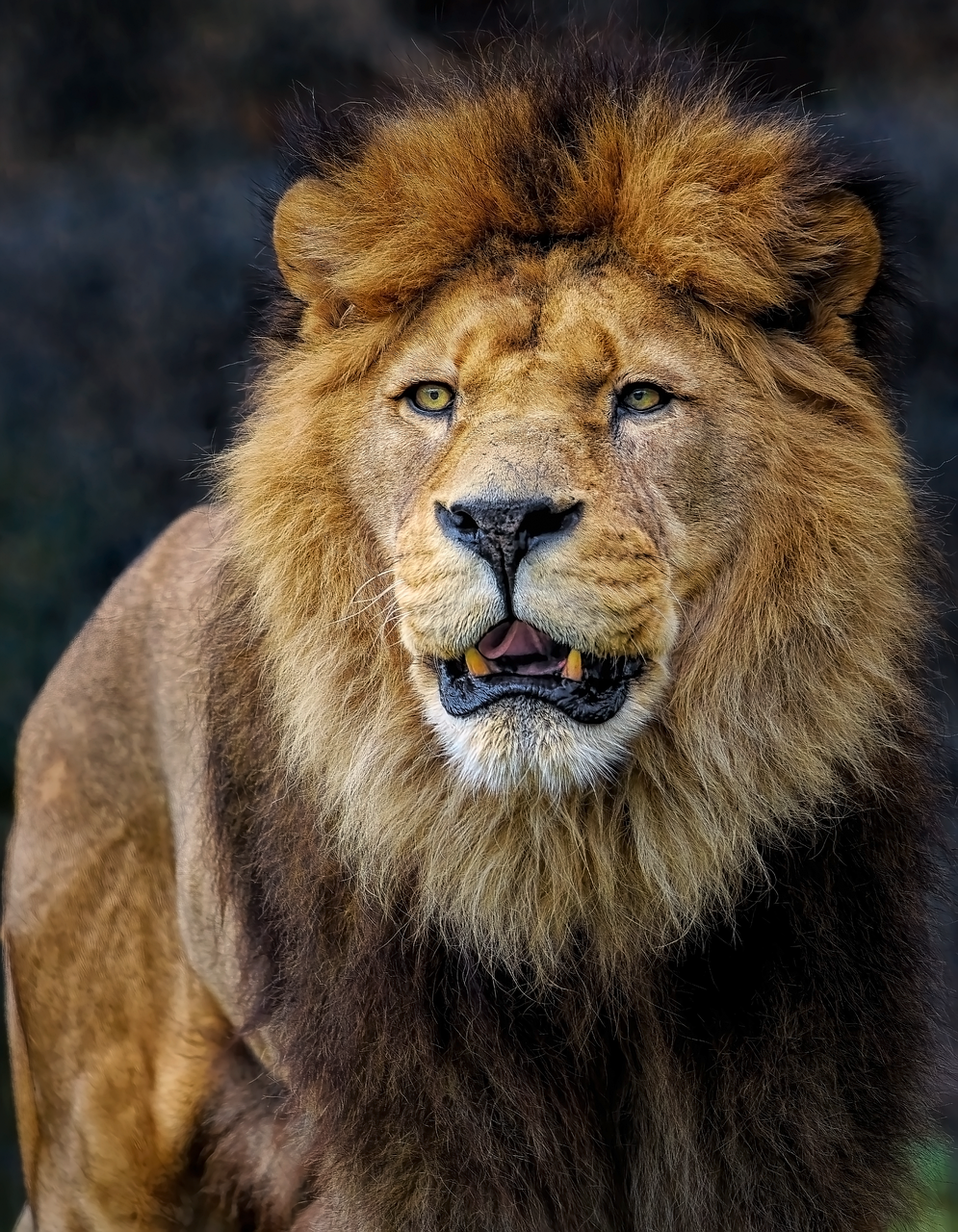
The exile rarely happens peacefully. Dominant males don’t simply pat their sons on the back and wish them well. Instead, they use intimidation, aggression, and sometimes violent confrontations to drive out potential competitors.
Brothers often stick together during this traumatic transition, forming coalitions that dramatically improve their survival odds. These partnerships aren’t just about companionship—they’re strategic alliances that can mean the difference between life and death in the unforgiving African landscape.
The Wandering Years Begin
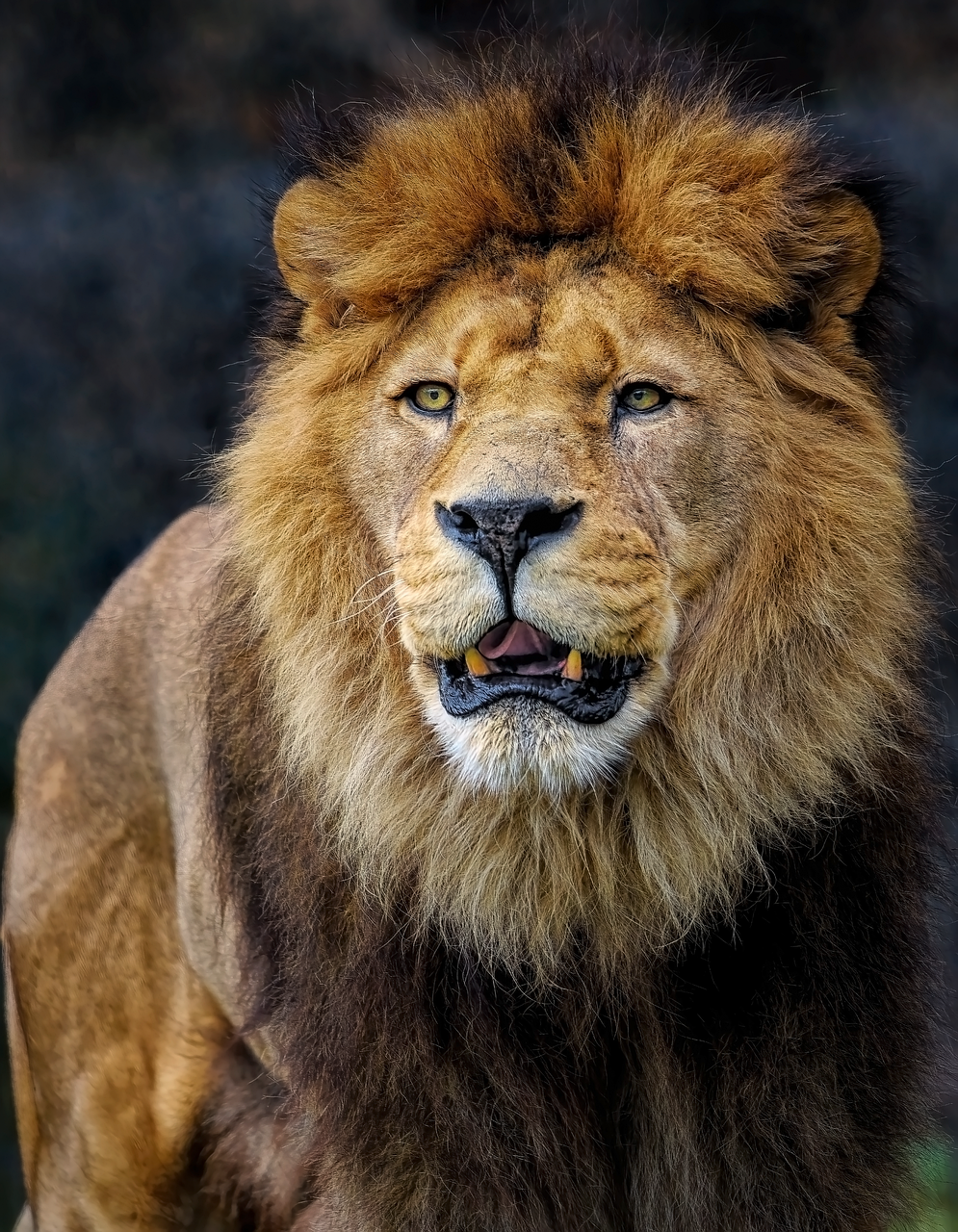
Nomadic life transforms everything about a lion’s existence. Gone are the guaranteed meals provided by skilled huntresses. Gone is the safety of numbers and familiar territory.
These wandering males must learn to hunt solo, a skill their pride sisters perfected but they never fully mastered. Imagine trying to take down a buffalo when you’ve spent most of your life simply showing up for dinner. The learning curve is steep and often deadly.
Scars Tell the Story

Every nomadic male carries a roadmap of his journey etched into his hide. Fresh wounds from territorial disputes layer over older scars from hunting mishaps and failed pride takeovers.
These marks aren’t just battle damage—they’re credentials. A heavily scarred male has survived encounters that killed lesser lions. Potential mates and rival males read these scars like a resume, instantly assessing experience and fighting prowess.
The Hunt for Territory

Finding unclaimed territory in today’s fragmented landscape is like searching for unicorns. Every decent piece of real estate already has an owner, and that owner isn’t interested in subletting.
Young males often spend years probing the edges of established territories, looking for weakness or opportunity. They become masters of reading the signs—fresh scent marks, roar frequencies, patrol patterns—that reveal a pride’s vulnerability.
Brothers in Arms

Coalition partners share everything: food, danger, and dreams of conquest. They develop intricate social bonds that rival the relationships between pride females.
These partnerships aren’t always between biological brothers. Sometimes unrelated males join forces, creating fake family bonds that serve their mutual interests. Trust becomes the ultimate currency when your survival depends on someone watching your back.
The Takeover Attempt
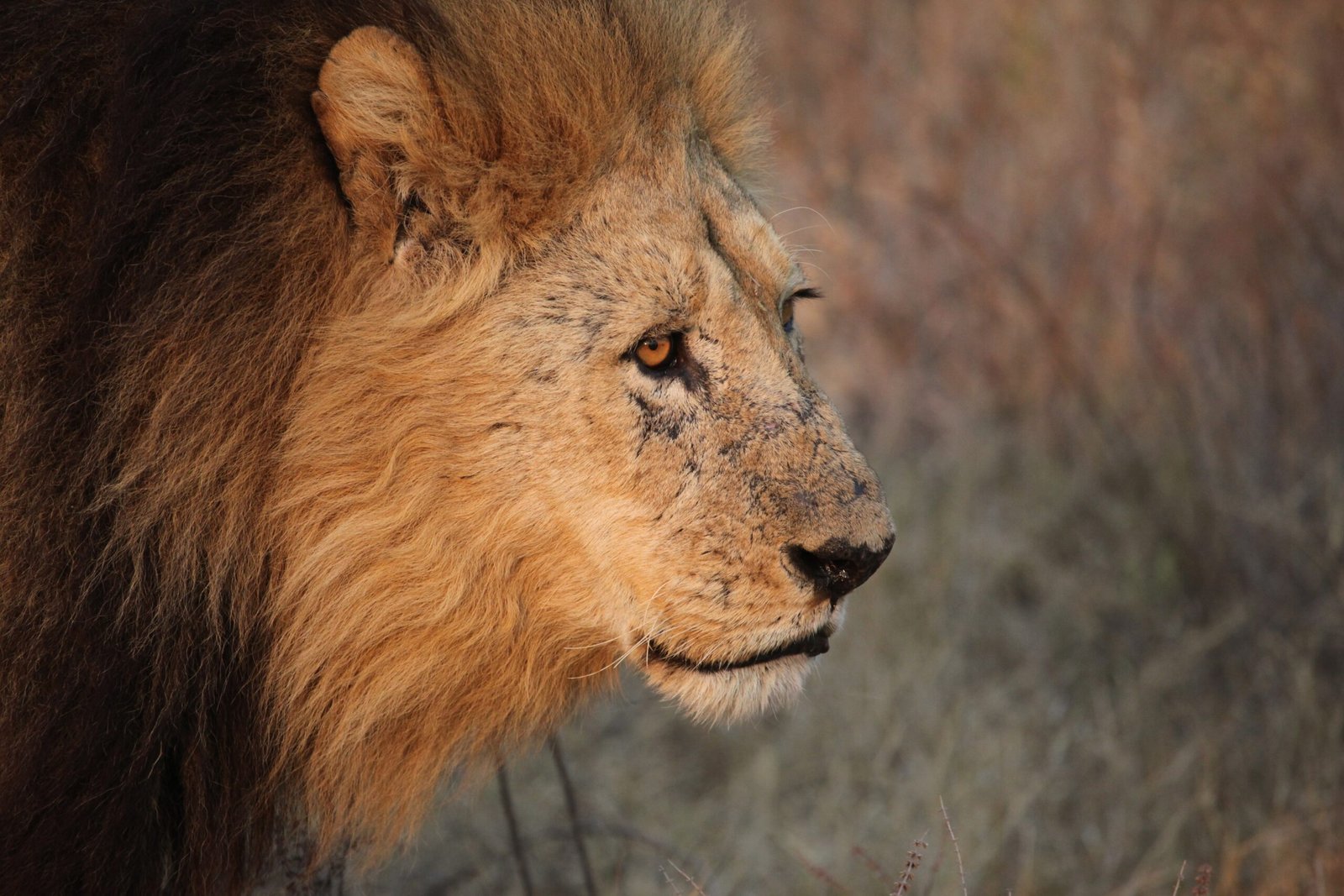
When nomads finally challenge an established pride, the confrontation is nothing short of epic. Lions don’t just fight—they wage psychological warfare through intimidating displays, territorial marking, and strategic positioning.
The current pride male faces an impossible choice: flee and preserve his life, or fight and risk everything for his legacy. These battles can last for days, with neither side willing to back down until victory is absolute.
Victory’s Dark Side

Successful takeovers come with a horrifying price. New pride males typically kill all cubs sired by their predecessors, eliminating genetic competition and forcing females into estrus sooner.
This infanticide serves brutal evolutionary logic, but it reveals the ruthless calculations underlying lion society. The majestic king of beasts operates by rules that would horrify human observers, yet these strategies have ensured species survival for millennia.
Learning to Lead
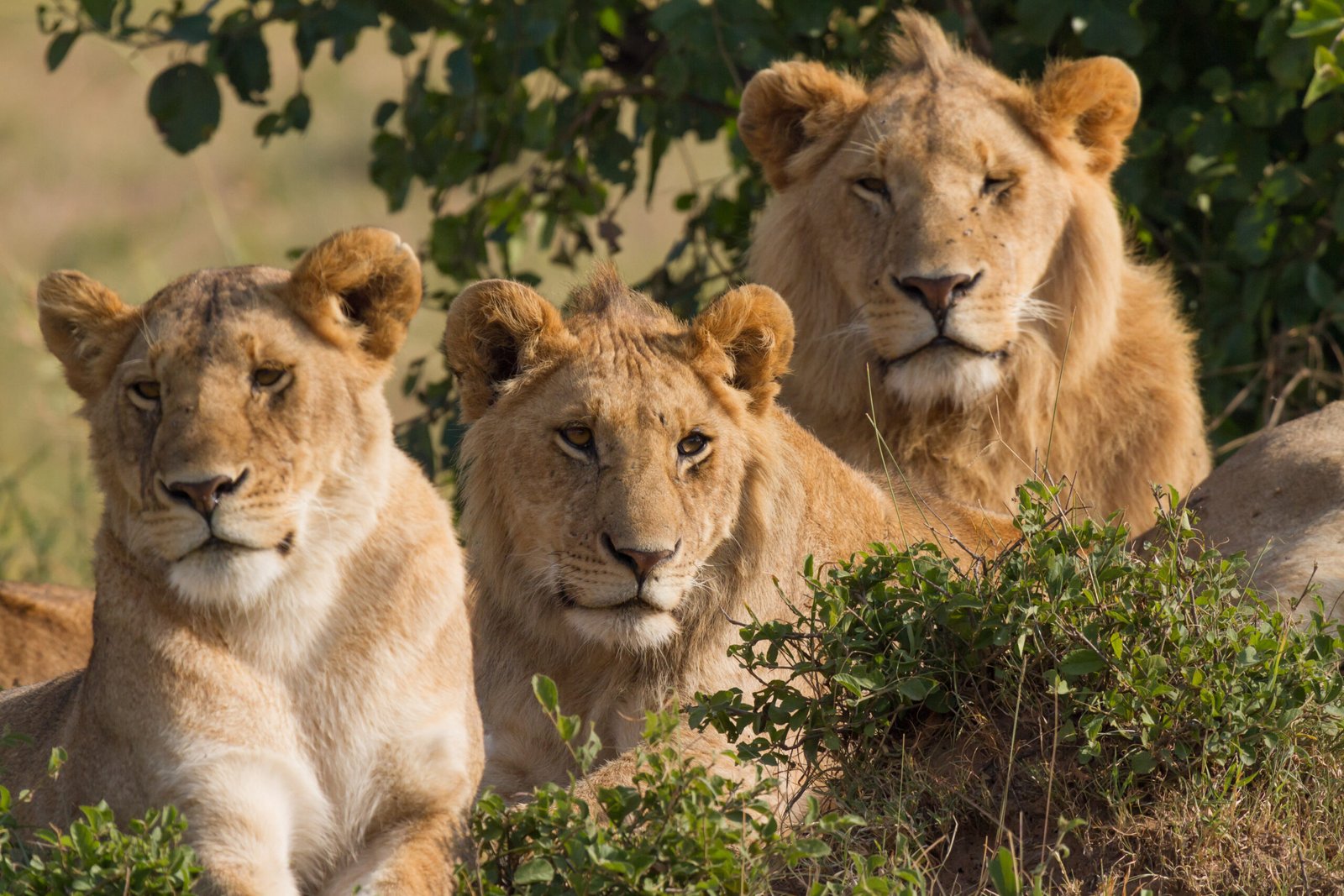
Transitioning from outcast to patriarch requires entirely new skills. Former nomads must learn to coordinate with lionesses, defend vast territories, and make life-or-death decisions for entire family groups.
Many newly established males struggle with this leadership transition. They’ve spent years focused purely on personal survival, and suddenly they’re responsible for protecting cubs, elderly lions, and pregnant females. The adjustment period often determines whether their reign lasts months or years.
The Lioness Test

Pride females don’t automatically accept new leadership. They conduct their own evaluations, testing the newcomer’s hunting skills, protective instincts, and genetic quality.
A male might win the territory through combat, but earning female cooperation requires entirely different qualifications. Lionesses can make life miserable for inadequate leaders, sometimes even staging coordinated resistance movements against particularly disappointing rulers.
Marking the Kingdom

Territory establishment involves complex scent-marking rituals that communicate ownership across vast distances. New pride males spend enormous energy patrolling boundaries and refreshing their chemical signatures.
These invisible fences require constant maintenance. A gap in patrol schedules or weakened scent markers can invite challenges from ambitious nomads still roaming the periphery. Territory ownership demands relentless vigilance.
The Mane Event

Nothing announces a lion’s status quite like his mane. Dark, full manes signal testosterone levels, fighting ability, and genetic quality to both rivals and potential mates.
Nomadic males often sport scraggly, damaged manes reflecting their harsh lifestyle. Establishing territory and regular meals allows mane recovery, transforming scruffy wanderers into magnificent monarchs. This physical transformation mirrors their social elevation from outcast to ruler.
Paternal Instincts Emerge
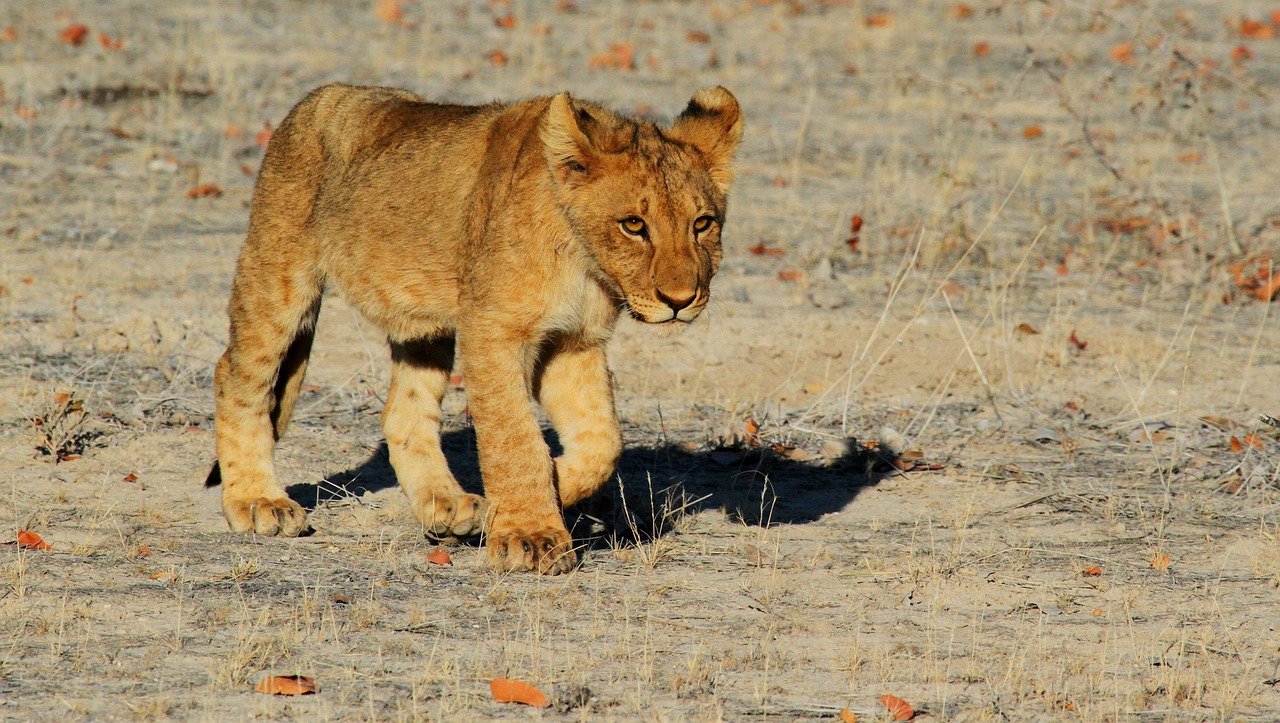
Former loners must develop protective instincts toward cubs they’ve never seen before. This psychological shift from self-preservation to family guardian doesn’t happen overnight.
Watching a battle-scarred nomad gently play with tiny cubs reveals lions’ remarkable behavioral flexibility. These same massive paws that crushed rivals now carefully bat at playful youngsters, demonstrating emotional range that surprises even experienced wildlife researchers.
The Clock Starts Ticking
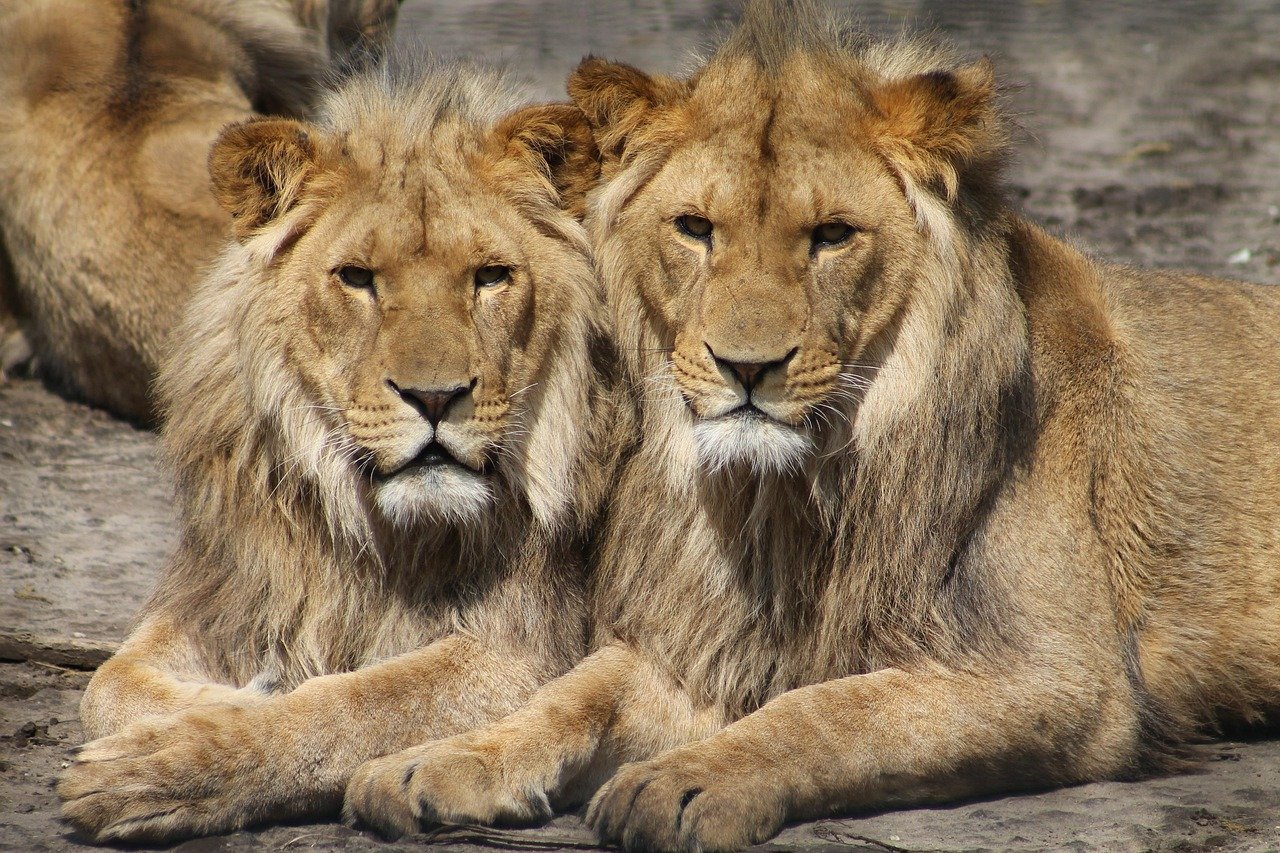
Pride tenure averages just two to three years before younger, stronger challengers arrive. Every established male knows his reign is temporary, making reproduction urgently important.
This biological timeline creates constant pressure. Males must quickly establish authority, mate successfully, and prepare their own offspring for the brutal cycle they once endured. Time becomes the ultimate enemy, more threatening than any rival lion.
Failed Attempts
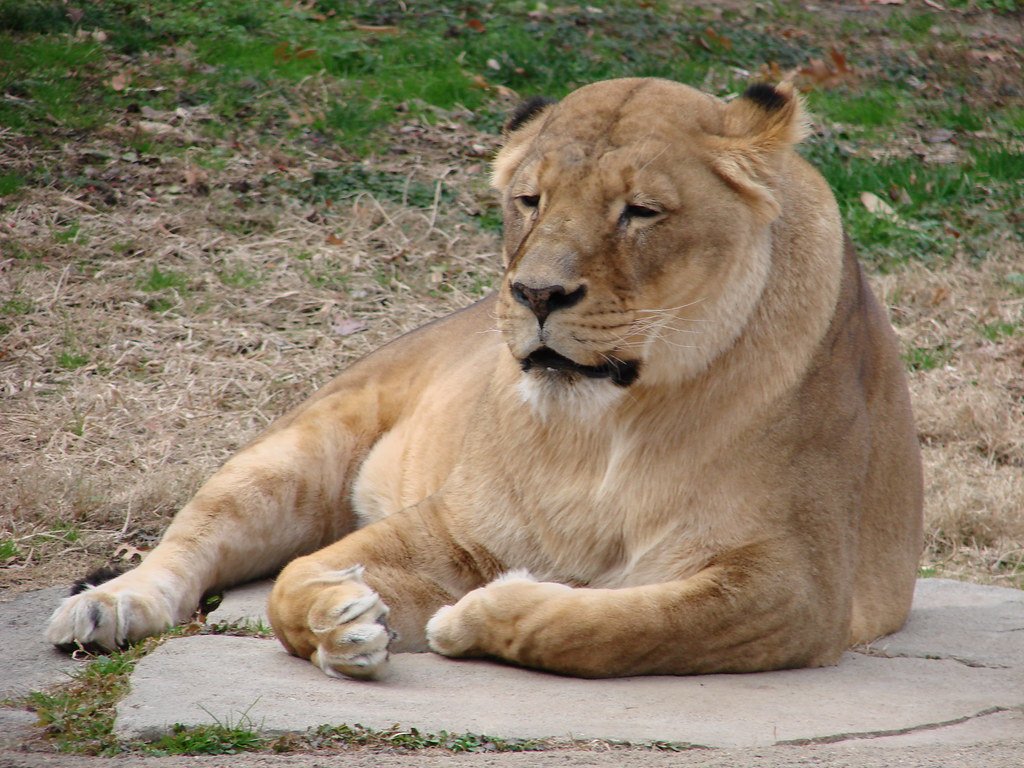
Not every nomad succeeds in claiming territory. Many spend their entire lives wandering, growing old and weak without ever establishing a pride or siring offspring.
These forgotten lions die alone in the wilderness, their genetic lines ending with them. Their stories remind us that nature’s majesty includes countless tragedies alongside the celebrated victories we typically observe in documentaries.
Legacy of the Wanderer

The nomadic period shapes every aspect of a lion’s character. Males who survive this crucible develop resourcefulness, strategic thinking, and psychological resilience that serves them throughout their lives.
Even successful pride leaders carry nomadic instincts that influence their decision-making. They understand vulnerability in ways that protected lions never could, making them more effective defenders and more appreciative of their hard-won status.
Conservation Crisis

Human encroachment has made nomadic life exponentially more dangerous. Traditional migration routes now cross highways, farmland, and urban developments where lions face vehicles, poisons, and angry farmers.
Wildlife corridors become lifelines for dispersing males, but these protected pathways remain insufficient for maintaining healthy population dynamics. Conservation efforts must consider nomadic behavior patterns to ensure species survival in fragmented landscapes.
The Circle Continues

Every pride male faces the inevitable arrival of younger challengers—often including his own sons. The cycle that began with his own exile continues as he becomes the established leader defending against ambitious nomads.
This generational turnover ensures genetic diversity and prevents inbreeding, but it also guarantees that today’s king will become tomorrow’s exile. The savanna’s harsh mathematics spare no one, regardless of past achievements or current status.
Understanding the Journey
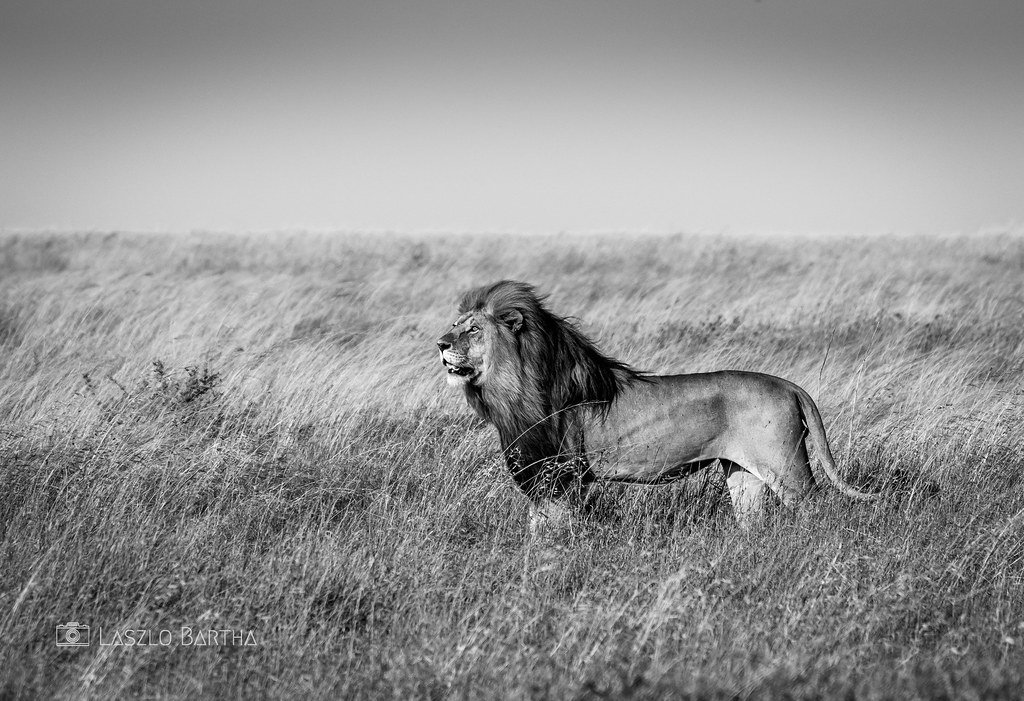
When we witness a lion leaving its pride, we’re observing one of nature’s most challenging rites of passage. This departure represents far more than simple family dynamics—it’s a fundamental process that has shaped lion evolution for thousands of years.
The next time you see a lone male lion in a documentary or wildlife footage, remember the incredible journey that brought him to that moment. Whether he’s a young nomad beginning his quest or an aging wanderer nearing his end, his story embodies the raw determination required to survive in one of nature’s most demanding societies.
Each separated lion carries within him the potential for greatness and the probability of failure. What determines the difference often comes down to factors beyond his control—timing, luck, and the complex social dynamics of the prides he encounters. Isn’t it remarkable how much a single departure can reveal about the intricate web of life on the African plains?
Hi, I’m Bola, a passionate writer and creative strategist with a knack for crafting compelling content that educates, inspires, and connects. Over the years, I’ve honed my skills across various writing fields, including content creation, copywriting, online course development, and video scriptwriting.
When I’m not at my desk, you’ll find me exploring new ideas, reading books, or brainstorming creative ways to solve challenges. I believe that words have the power to transform, and I’m here to help you leverage that power for success.
Thanks for stopping by, Keep coming to this website to checkout new articles form me. You’d always love it!






